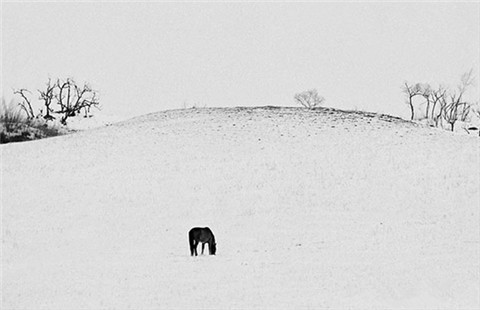Town seeks to preserve past despite fire
Updated: 2015-07-29 11:22
By Xinhua in Kunming(China Daily)
|
||||||||
Immersed in a cloud of sawdust, carpenter Dainzhen Lhamo vigorously gouged scratches into a newly carved door using a steel brush, marring the entrance to a half-finished wooden house in the town of Dukezong.
As the 1,300-year-old town rebuilds from the ashes of a fire that destroyed 300 houses in January last year, its residents are clinging to the timeworn facades of their ancient homes.
Before Dainzhen Lhamo is finished with the door, he will carve wormholes and give it a new coat of paint.
"I want to restore a sense of history and build the house so it looks like it was before the fire," said Dawa Cering, who hired Dainzhen Lhamo to work on his house.
Once a hub along the old Tea Horse Road, Dukezong is a Tibetan village in Shangri-La county in Southwest China's Yunnan province. It was built according to Shambhala, or heavenly realm, in the sutras and named the "Town of Moonlight" in Tibetan.
The town, with well-preserved Tibetan residential houses and plenty of bars, inns and specialty stores, was a popular tourism spot before the fire.
Yang Jizu, an official with the reconstruction headquarters, said owners are required to repair their own houses using government subsidies. Despite the summer rain, more than 3,000 builders work daily to renovate the town.
Kang Jianhua, deputy head of Shangri-La, said the local government advised residents to preserve the original flavor of the town during reconstruction.
Dawa Cering's house has been chosen as a demonstration project by the government. The 280-square-meter house was formerly used as a specialty store.
"There were seven years left on the lease after the fire," he said. "I extended the lease to 12 years and have already invested around 500,000 yuan ($80,500) in rebuilding the house."
"Construction has strictly followed ancient construction techniques. The walls are piled up with soil and the pillars, roof girder and floor are all made of wood," he said.
Despite his enthusiasm for restoring the house to its original beauty, Dawa Cering is also worried about extra expenses.
Work to make the new house look aged will cost him an extra 20,000 yuan or more and is not covered by the government subsidies, he said.
"I will try my best to restore the house's former beauty, even if that will cost me more money and time," he said.

 World's largest radio telescope being built
World's largest radio telescope being built Elvis Festival pays tribute to the King of Rock 'n' Roll
Elvis Festival pays tribute to the King of Rock 'n' Roll
 Four-color rice turns paddy field into artwork
Four-color rice turns paddy field into artwork
 Images capture modern life of a warrior monk
Images capture modern life of a warrior monk
 The world in photos: July 20 - 26
The world in photos: July 20 - 26
 Amazing landscape of China in white and black
Amazing landscape of China in white and black
 Across America over the week (July 17- July 23)
Across America over the week (July 17- July 23)
 Unusual but true: 'Love' conquers all
Unusual but true: 'Love' conquers all
Most Viewed
Editor's Picks

|

|

|

|

|

|
Today's Top News
Beijing condemns Somali attack, mourns deaths
Panda 'fakes pregnancy' to get better living conditions
China eyes deepened cooperation with overseas NGOs
Monster Hunt breaks Chinese box office record
Olympic bid panel cites city's merits
Astronomers discover most Earth-like planet yet
Seattle Chinatown leader killed in shooting
Flight details of Obama's Kenya trip leaked
US Weekly

|

|







